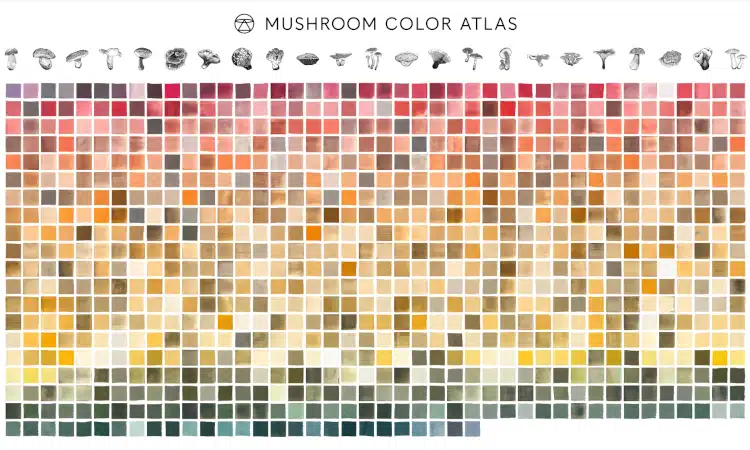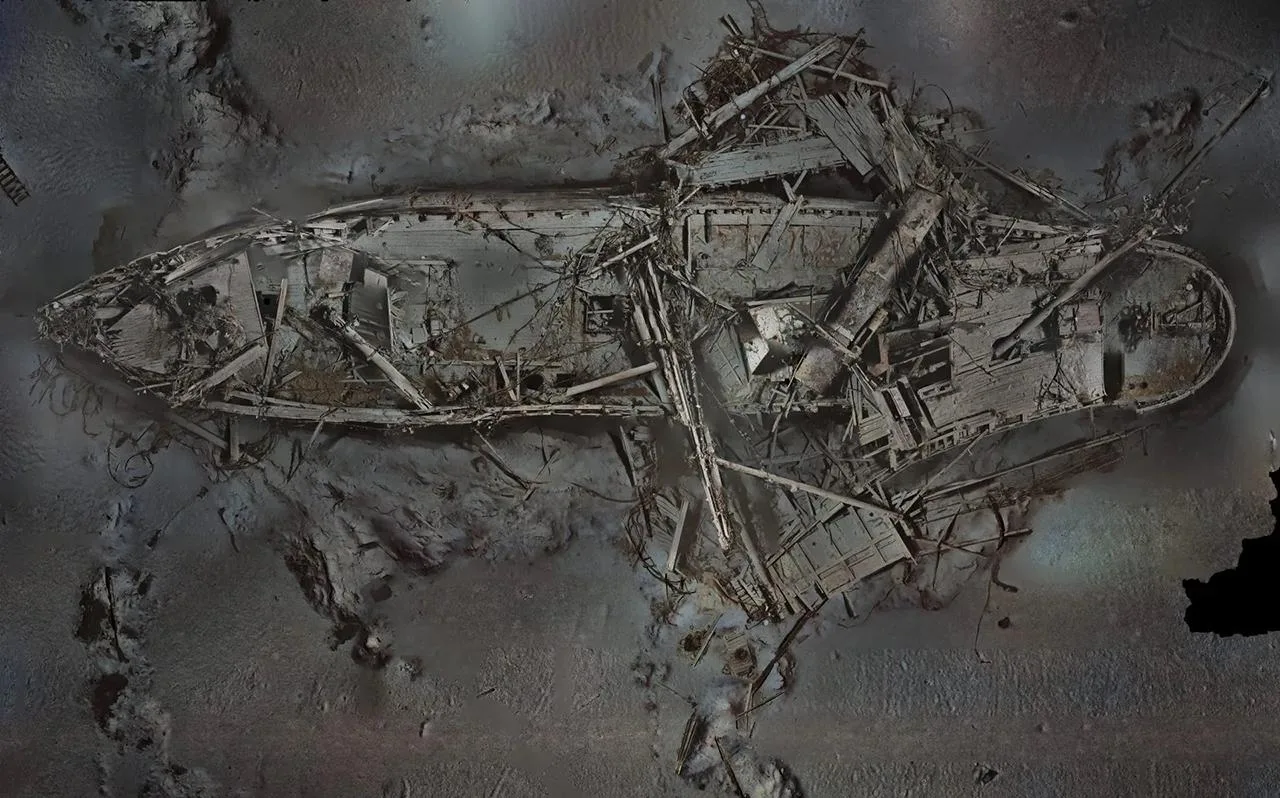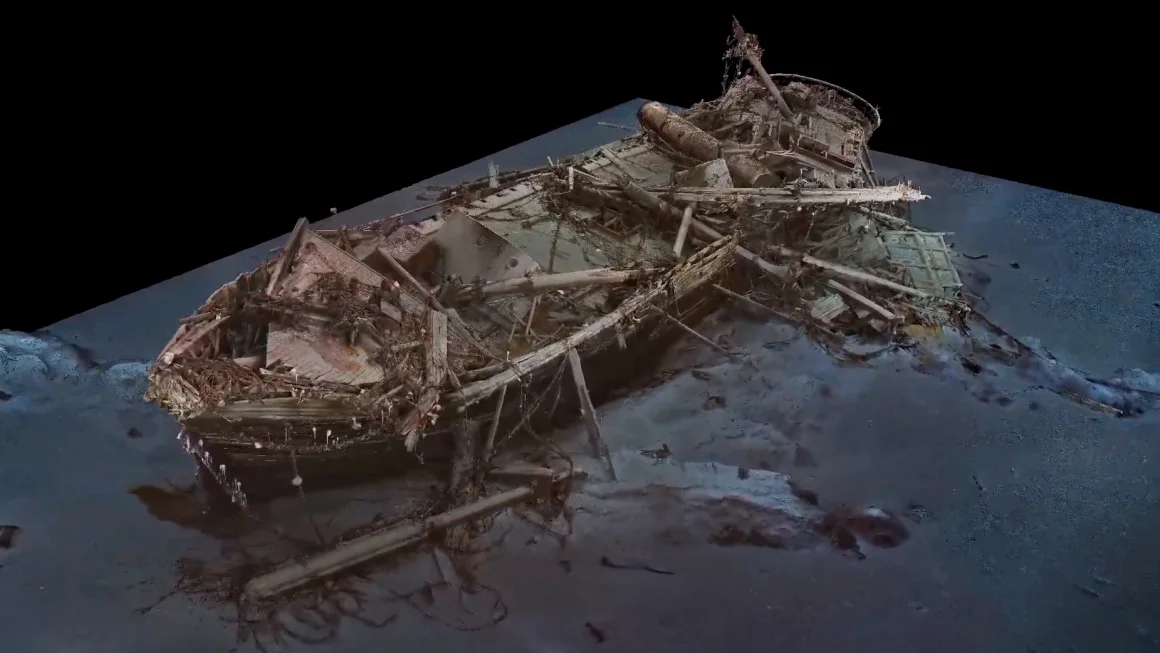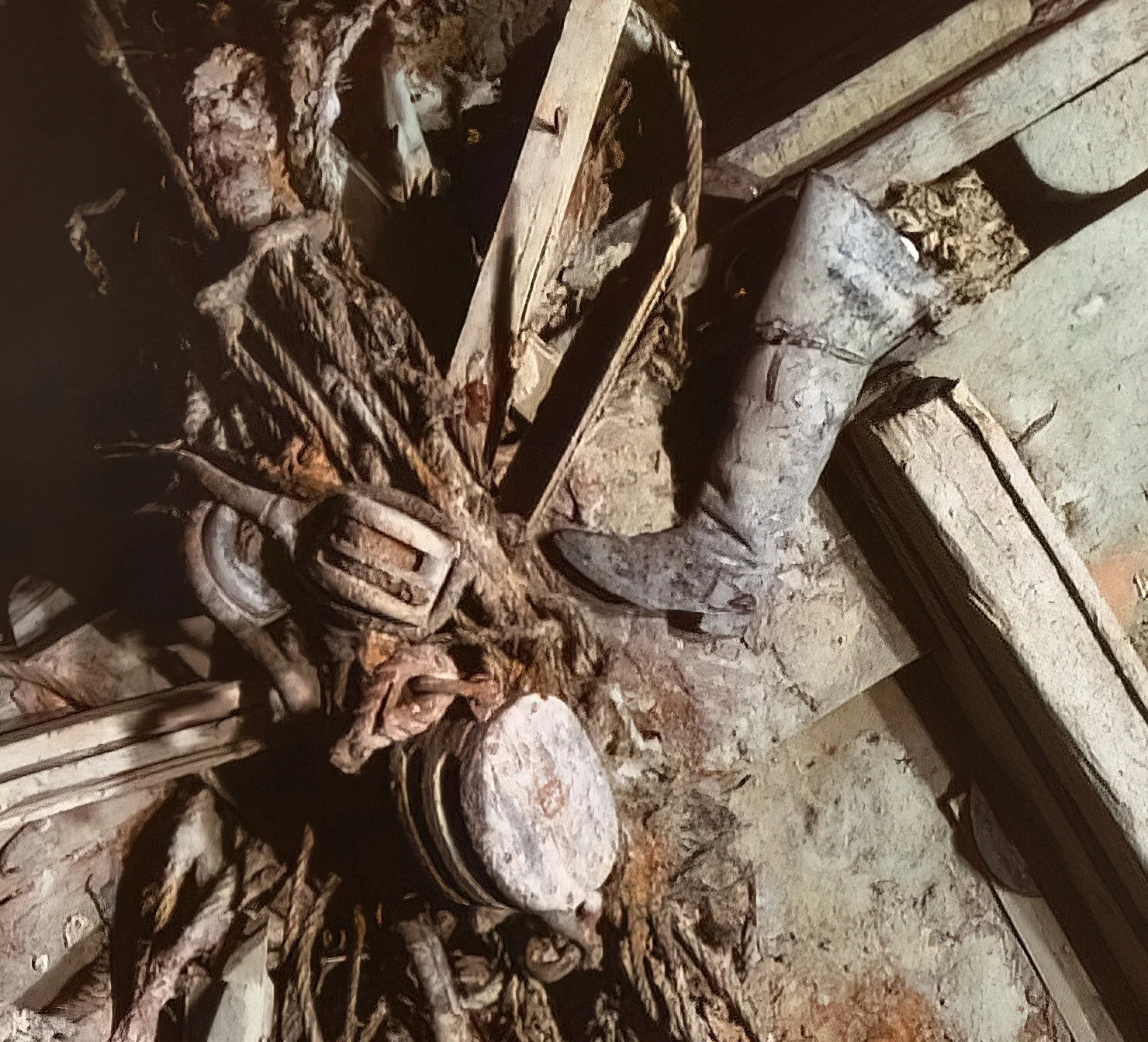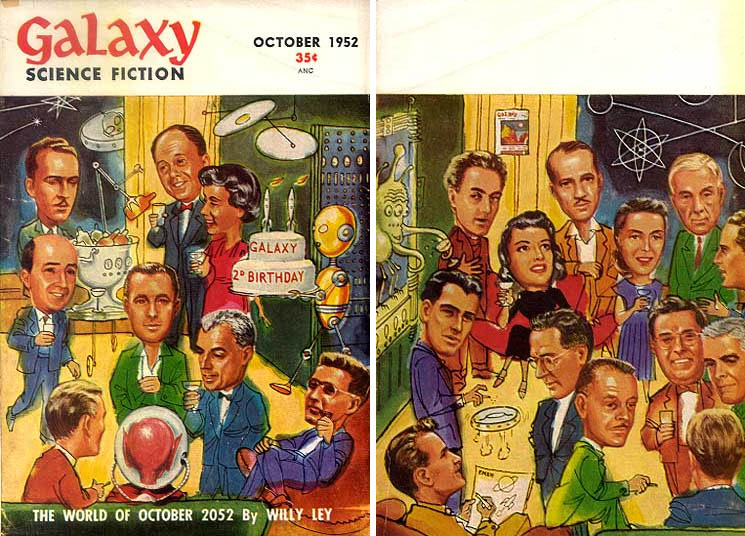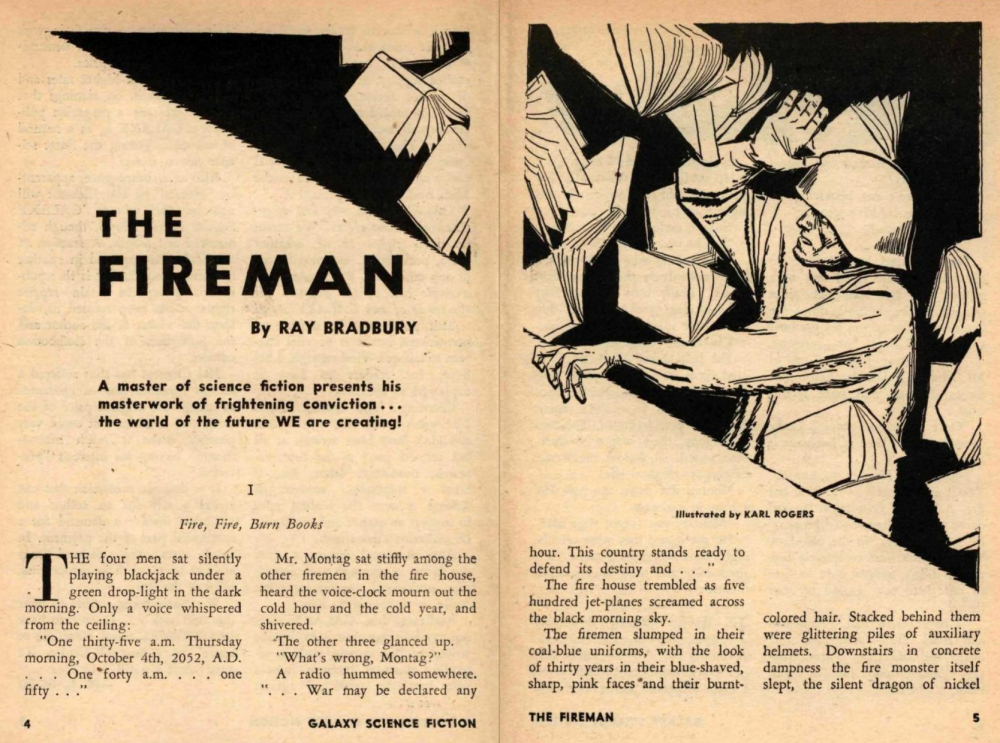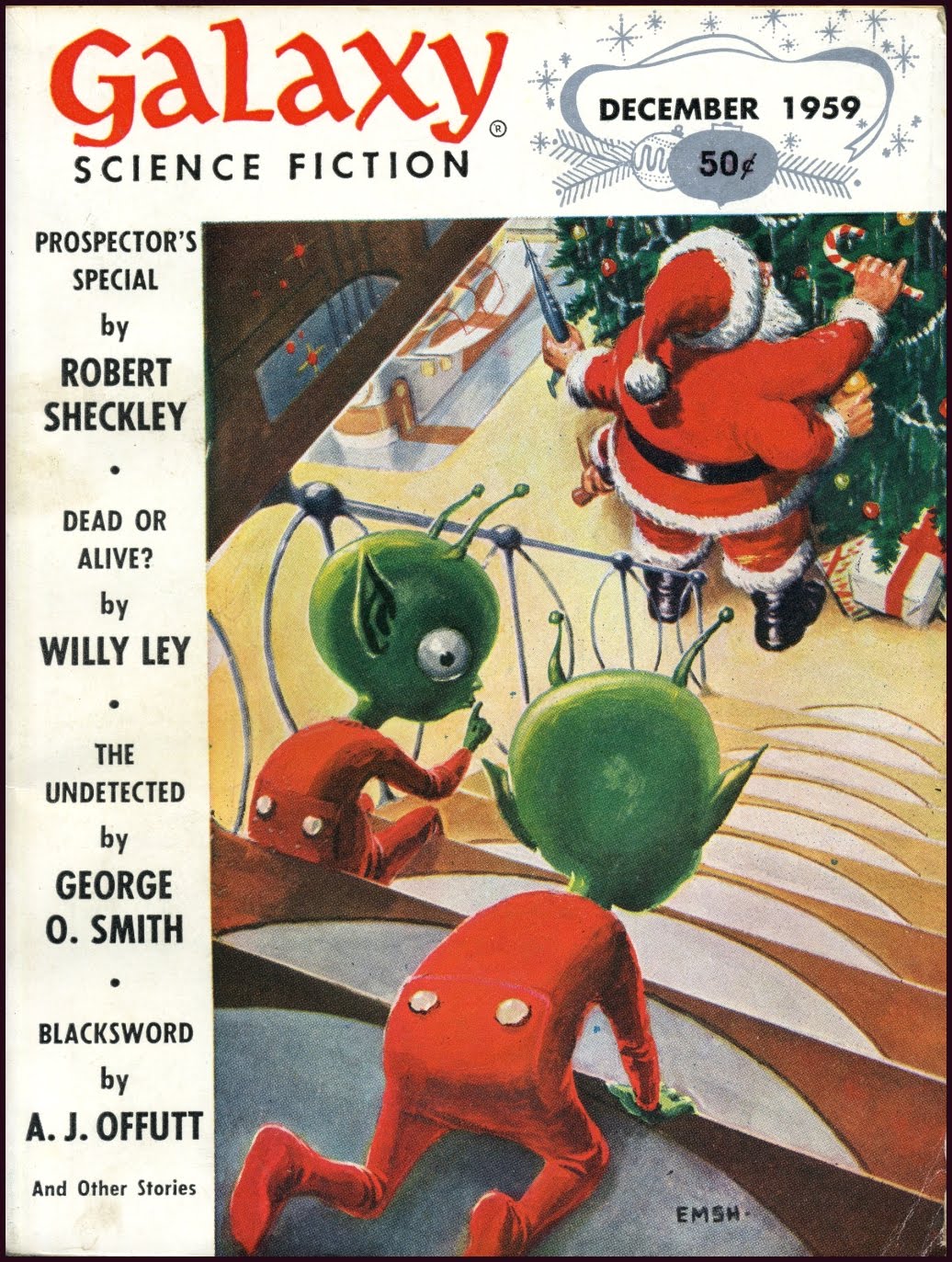[Most Recent Entries] [Calendar View]
Wednesday, November 13th, 2024
| Time | Event |
| 9:04a | The Mushroom Color Atlas: An Interactive Web Site Lets You Explore the Incredible Spectrum of Colors Created from Fungi
Enter the Mushroom Color Atlas, and you can discover the “beautiful and subtle colors derived from dyeing with mushrooms.” Featuring 825 colors, each associated with different types of mushrooms, the interactive atlas lets you appreciate the broad spectrum of colors latent in the fungi kingdom. The shades, tints, and hues will surprise you. Julie Beeler, a designer living in Oregon, first launched the interactive Mushroom Color Atlas back in 2021. Now, she has released a companion book, The Mushroom Color Atlas: A Guide to Dyes and Pigments Made from Fungi. Illustrated by Yuli Gates, the book is “equal parts art book, field guide, and color distillation workshop.” You can order your copy today. The same goes for a Mushroom Color Atlas poster.
If you would like to sign up for Open Culture’s free email newsletter, please find it here. Or follow our posts on Threads, Facebook, BlueSky or Mastodon. If you would like to support the mission of Open Culture, consider making a donation to our site. It’s hard to rely 100% on ads, and your contributions will help us continue providing the best free cultural and educational materials to learners everywhere. You can contribute through PayPal, Patreon, and Venmo (@openculture). Thanks! Related Content A Stunning, Hand-Illustrated Book of Mushrooms Drawn by an Overlooked 19th Century Female Scientist The Beautifully Illustrated Atlas of Mushrooms: Edible, Suspect and Poisonous (1827) John Cage Had a Surprising Mushroom Obsession (Which Began with His Poverty in the Depression) |
| 10:00a | A New 3D Scan, Created from 25,000 High-Resolution Images, Reveals the Remarkably Well-Preserved Wreck of Shackleton’s Endurance
Photos on this page courtesy of the Falklands Maritime Heritage Few who hear the story of the Endurance could avoid reflecting on the aptness of the ship’s name. A year after setting out on the Imperial Trans-Antarctic Expedition in 1914, it got stuck in a mass of drifting ice off Antarctica. There it remained for ten months, while leader Sir Ernest Shackleton and his crew of 27 men waited for a thaw. But the Endurance was being slowly crushed, and eventually had to be left to its watery grave. What secures its place in the history books is the sub-expedition made by Shackleton and five others in search of help, which ensured the rescue of every single man who’d been on the ship.
This harrowing journey has, of course, inspired documentaries, including this year’s Endurance from National Geographic, which debuted at the London Film Festival last month and will come available to stream on Disney+ later this fall. “The documentary incorporates footage and photos captured during the expedition by Australian photographer Frank Hurley, who [in 1914] brought several cameras along for the journey,” writes Smithsonian.com’s Sarah Kuta. “Filmmakers have color-treated Hurley’s black-and-white images and footage for the first time. They also used artificial intelligence to recreate crew members’ voices to ‘read’ their own diary entries.” The fruits of an even more technologically impressive project have been released along with Endurance: a 3D digital model “created from more than 25,000 high-resolution images captured after the iconic vessel was discovered in March 2022.” As we noted at the time here on Open Culture, the ship was found to be in remarkably good condition after well over a century spent two miles beneath the Weddell Sea. “Endurance looks much like it did when it sank on November 21, 1915. Everyday items used by the crew — including dining plates, a boot and a flare gun — are still easily recognizable among the protected wreckage.”
Endurance has, in other words, endured. Its intactness — which “makes it look as though the ship,” writes CNN.com’s Jack Guy, “has been miraculously lifted out of the Weddell Sea onto dry land in one piece” — is, in its way, as improbable and impressive as Shackleton and company’s survival of its fateful first expedition. The degree of detail captured by this new scan (not technologically feasible back at the time of the last acclaimed documentary on this subject), should make possible further, even deeper research into the story of the Endurance. But one question will remain unanswerable: would that story have resonated quite as long had the ship kept its original name, Polaris? via Smithsonian.com Related content: How an Ancient Roman Shipwreck Could Explain the Universe See the Well-Preserved Wreckage of Ernest Shackleton’s Ship Endurance Found in Antarctica Hear Ernest Shackleton Speak About His Antarctic Expedition in a Rare 1909 Recording Newly Discovered Shipwreck Proves Herodotus, the “Father of History,” Correct 2500 Years Later Based in Seoul, Colin Marshall writes and broadcasts on cities, language, and culture. His projects include the Substack newsletter Books on Cities and the book The Stateless City: a Walk through 21st-Century Los Angeles. Follow him on Twitter at @colinmarshall or on Facebook. |
| 6:45p | Get Unlimited Access to Courses & Certificates: Coursera Is Offering 40% (or $159) Off of Coursera Plus Until December 2
A heads-up on a deal: Between today and December 2, 2024, Coursera is offering a 40% discount on its annual subscription plan called “Coursera Plus.” Normally priced at $399, Coursera Plus (now available for $239.40) gives you access to 7,000+ courses for one all-inclusive subscription price. This includes Professional Certificates from leading companies. Take, for example, the Data Analyst Professional Certificate from Meta, the UX Design Professional Certificate from Google, or the AI Developer Professional Certificate from IBM. The $239.40 annual fee–which translates to 65 cents per day–could be a good investment for anyone interested in learning new subjects and skills, or earning certificates that can be added to your resume. Just as Netflix’s streaming service gives you access to unlimited movies, Coursera Plus gives you access to unlimited courses and certificates. It’s basically an all-you-can-eat deal. Explore the offer (before December 2, 2024) here. Note: Open Culture has a partnership with Coursera. If readers enroll in certain Coursera courses and programs, it helps support Open Culture. |
| 7:00p | Free: 356 Issues of Galaxy, the Groundbreaking 1950s Science Fiction Magazine
Along with Astounding Science Fiction and The Magazine of Fantasy and Science Fiction, Galaxy Magazine was one of the most important science fiction digests in 1950s America. Ray Bradbury wrote for it–including an early version of his masterpiece Fahrenheit 451–as did Robert A. Heinlein, Isaac Asimov, Frederik Pohl, Theodore Sturgeon, Cordwainer Smith, Jack Vance, and numerous others. Now a fairly decent collection of issues (356 in total) is available for your perusal at archive.org for absolutely free. It’s not complete yet, but it’s close. When Galaxy appeared in October 1950, it promised a kind of science fiction different from the space operas of previous decades. As an “annual report” written by publisher H.L. Gold proclaimed,
And while Astounding Science Fiction was focused on technology–suited for an America that had fundamentally changed since WWII–H.L. Gold’s Galaxy focused on ideas, humor, satire, psychology and sociology. It also had one of the best pay rates in the industry, and offered some of its writers exclusive contracts. And the writers responded in kind and followed their own obsessions–although Gold often pitched ideas. (Ironically, though immersed in stories of inner and outer space, Gold was an acute agoraphobe, and stayed in his apartment, communicating by phone.)
After a wobbly start graphics-wise, Gold hired Ed Emshwiller in 1951 to paint covers, whose often humorous style (e.g. this Christmas issue below) suited the humor inside the issue. Confident in their stable of writers, Galaxy produced the wonderful birthday cover at the top, featuring caricatures of everybody from Bradbury to Asimov. There’s also a guide to see who’s who.
A series of editors–including Frederik Pohl–took over from Gold after a car accident in 1961, and by 1977–eight years after Pohl’s departure–the magazine was on its decline. There were more iterations, reprints, anthologies, and online versions, but the essential run is here. And those first ten years changed American science fiction forever, paving the way for experimental writers like Philip K. Dick and William Gibson. You could start with the Ray Bradbury story (“The Fireman”) we told you about, or Robert A. Heinlein’s “The Puppet.” Related Content: The Encyclopedia of Science Fiction: 17,500 Entries on All Things Sci-Fi Are Now Free Online Isaac Asimov’s Foundation Trilogy: Hear the 1973 Radio Dramatization X Minus One: Hear Classic Sci-Fi Radio Stories from Asimov, Heinlein, Bradbury & Dick Ted Mills is a freelance writer on the arts who currently hosts the artist interview-based FunkZone Podcast and is the producer of KCRW’s Curious Coast. You can also follow him on Twitter at @tedmills, read his other arts writing at tedmills.com and/or watch his films here. |
| << Previous Day |
2024/11/13 [Calendar] |
Next Day >> |
